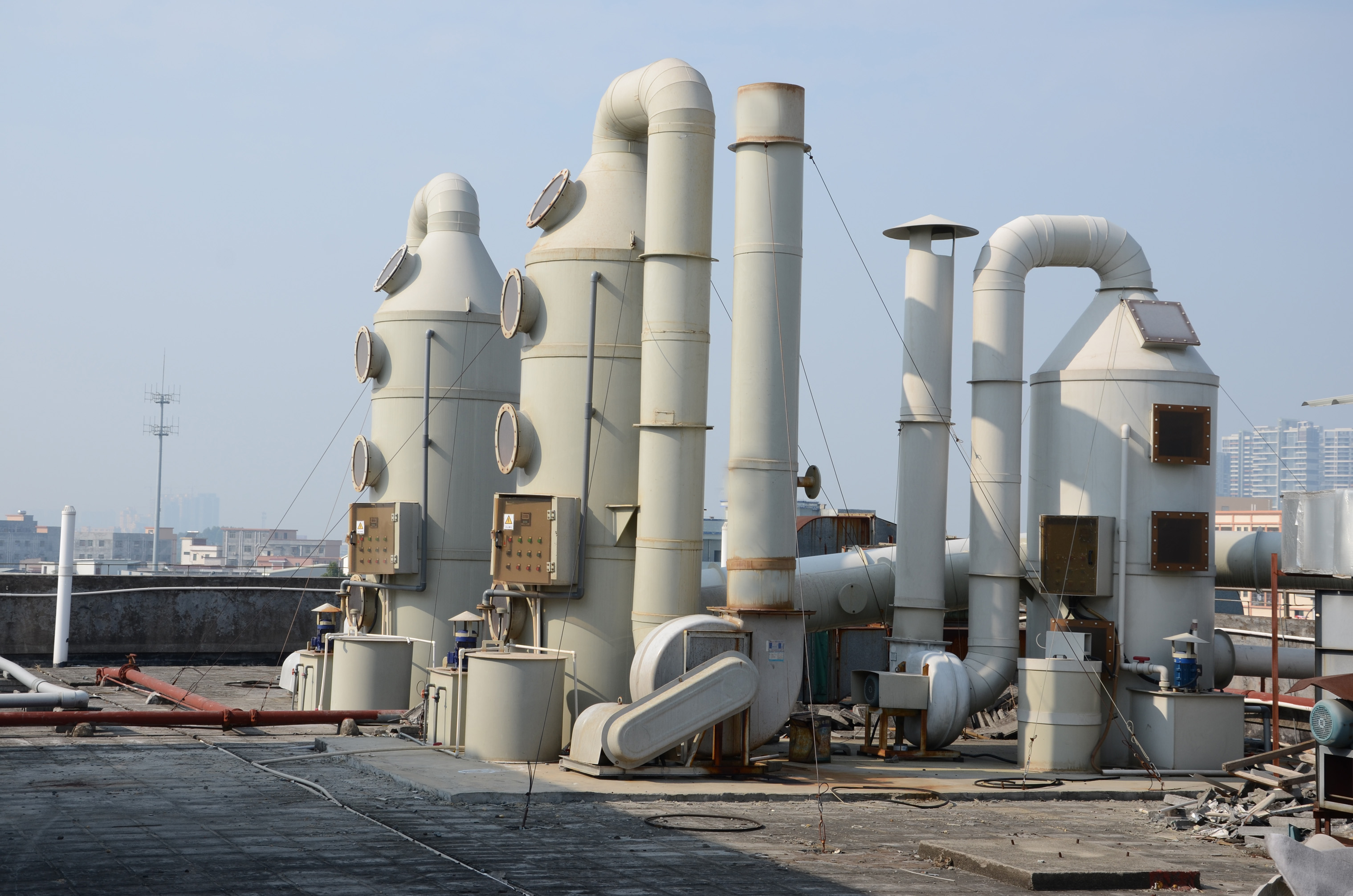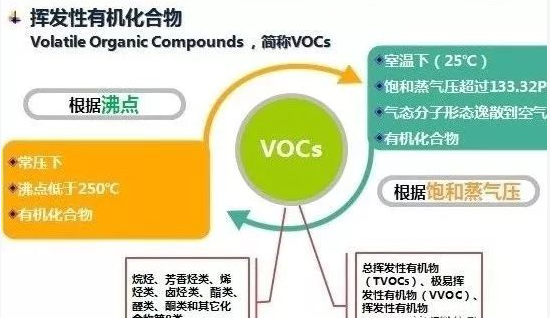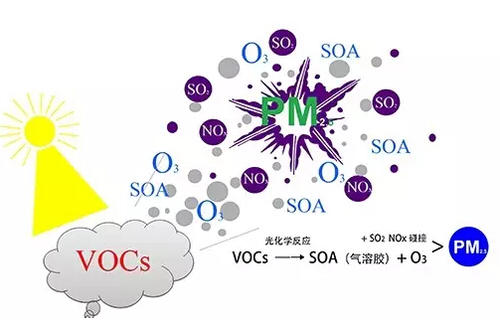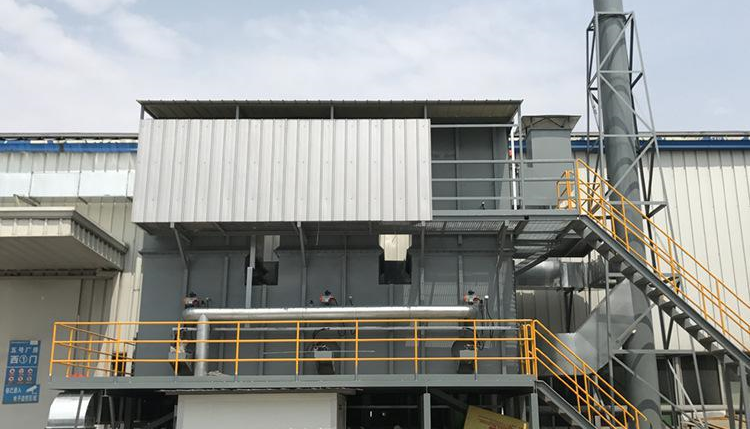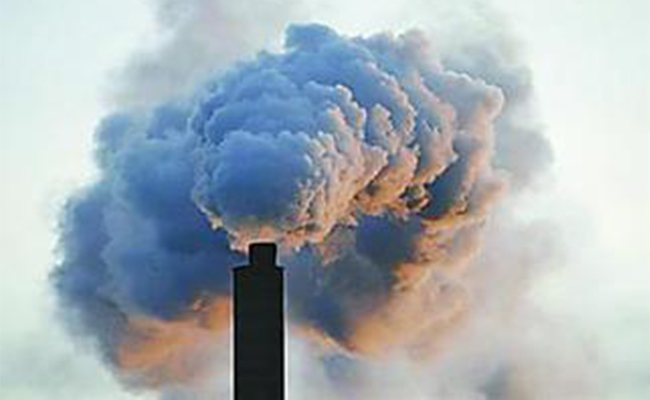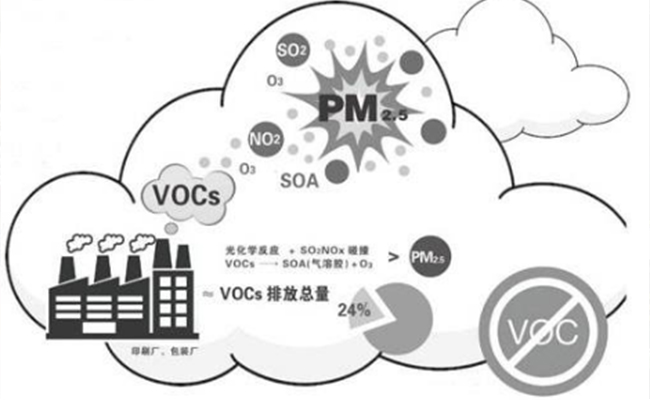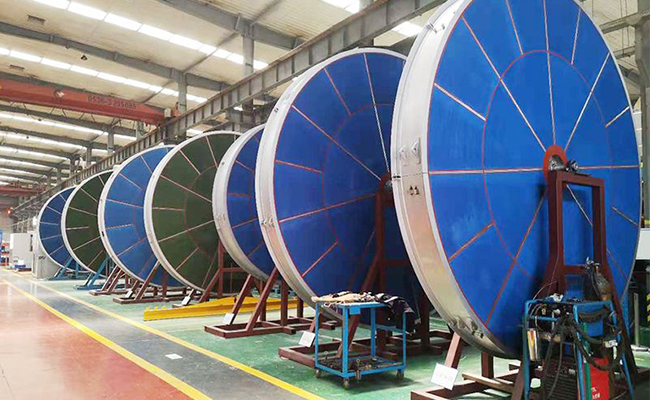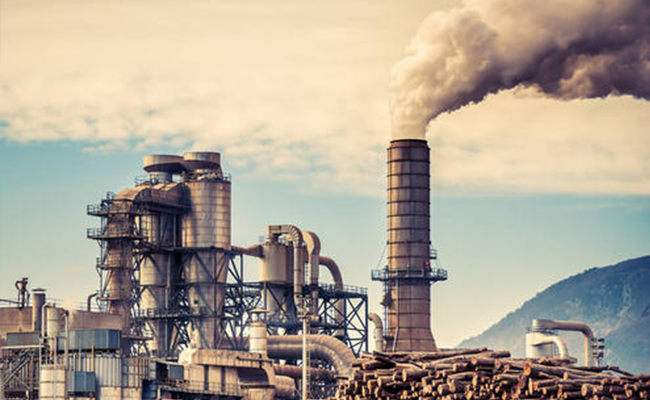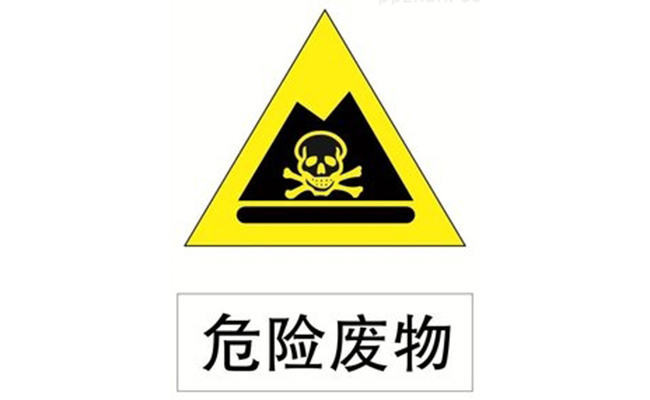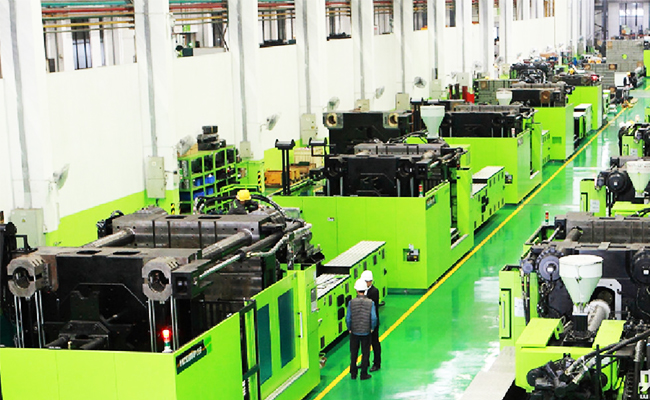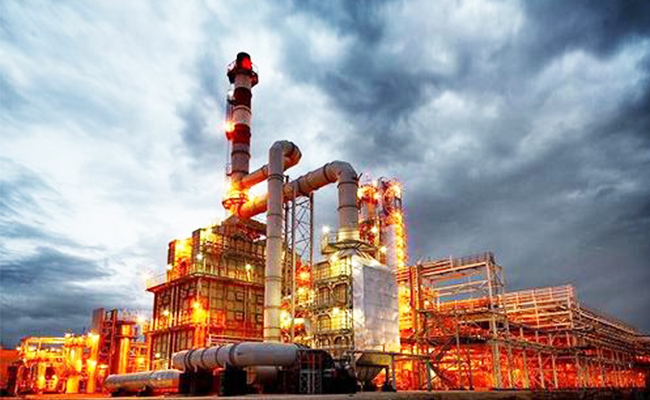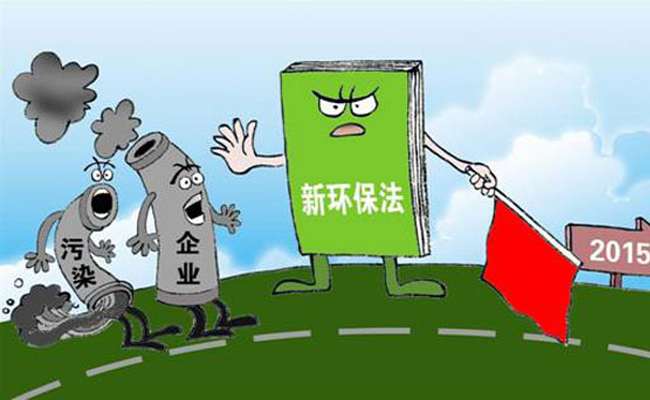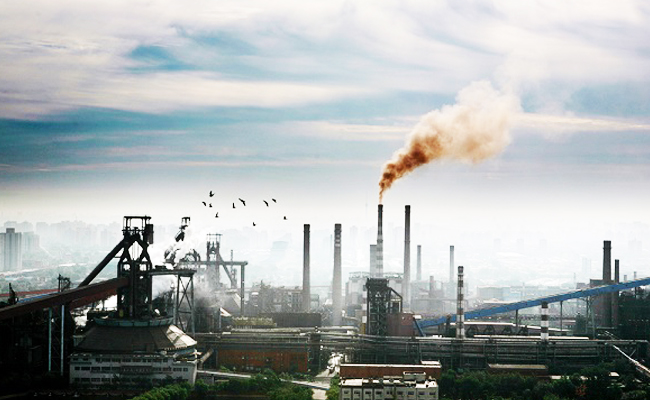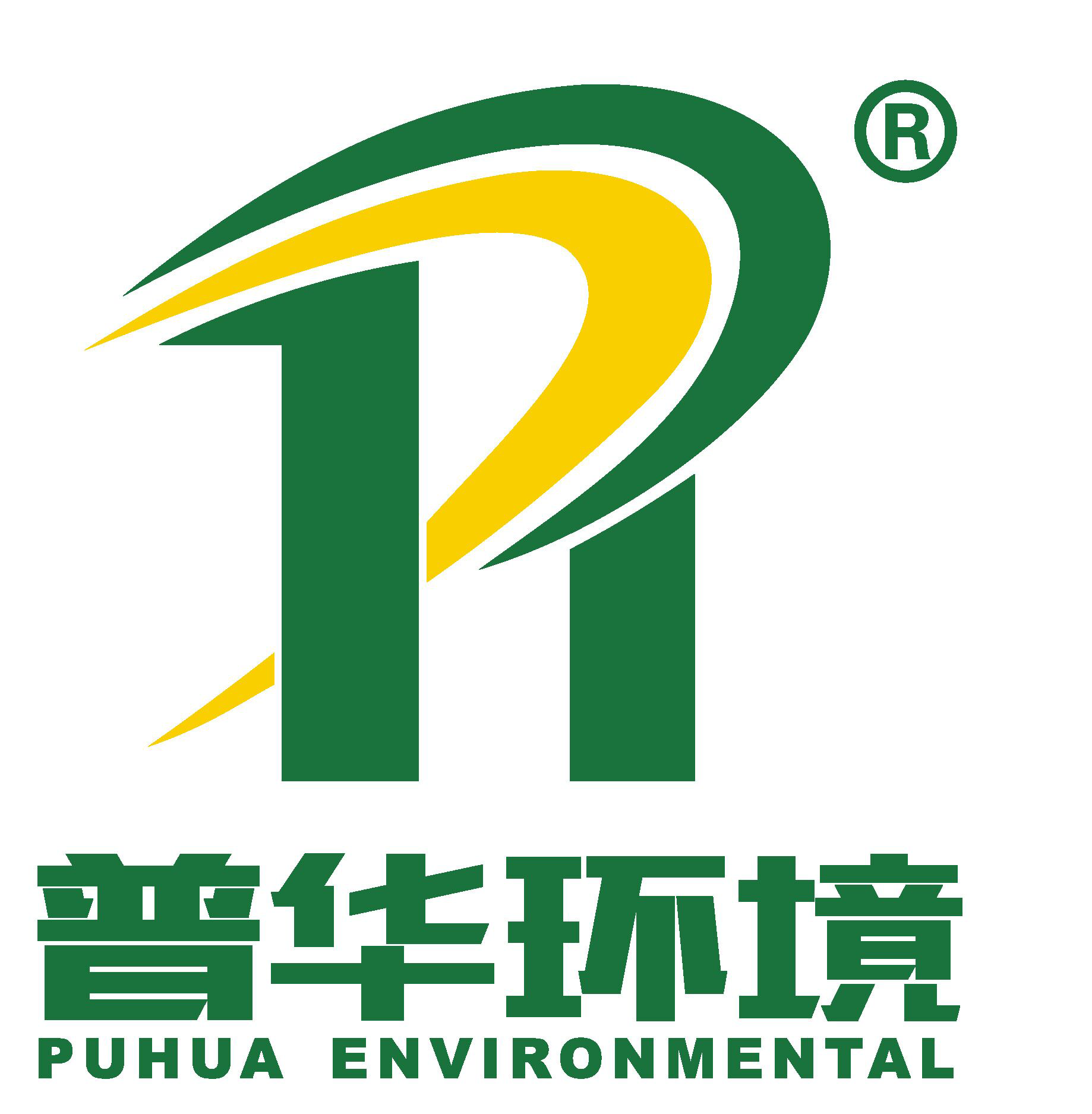
-
Factory Environmental Governance Comprehensive Solution Provider
-
Focus on R & D and manufacturing of VOCs exhaust gas treatment equipment

Focus on R & D and manufacturing of VOCs exhaust gas treatment equipment
Regarding the priority of gas emissions, the international consensus reached in the standards agreed that welding fumes must be captured first.
Only when our previous method cannot be applied or can only solve part of the problem will people take the next solution. In practice, the solutions to workshop problems are usually a mixture of various methods. The following are four methods to eliminate welding fumes.
- 1-
Reduce welding fumes
To create a working environment full of fresh air, the first step is to ensure that we are using the best welding process. In addition to the welding process, the welding material is also important and should be clean, free of oil, five rust, etc.
- of 2-
Extract from source
Using the source capture method is the best solution to the problem of welding fumes at the source, and it is best to comprehensively use the working space.
For example, a down-ventilation workbench, which is a combination of workbench and smoke extraction equipment, and single and double suction arm dust collectors, because it is equipped with a more flexible universal suction arm, it can be easily placed. Near the source of smoke and dust or welded walls to achieve full smoke extraction.
- of 3-
Isolate the welding area
When it is not possible to draw air from the source at close range, the next best way is to isolate the source of smoke and dust from the workshop. If possible, we can even manipulate the welding machine by using a mechanized welding robot. In the welding process, an exhaust hood with a sealed welding tape is used. In this case, it is the first solution.
- 4-
General filtering
When the welding hood and the timely capture of welding fumes on the scene can not completely solve the problem, the general method of air purification and ventilation, plus personal protection measures, is the preferred method. By this method, it can be captured and filtered. Soot in the workshop.
